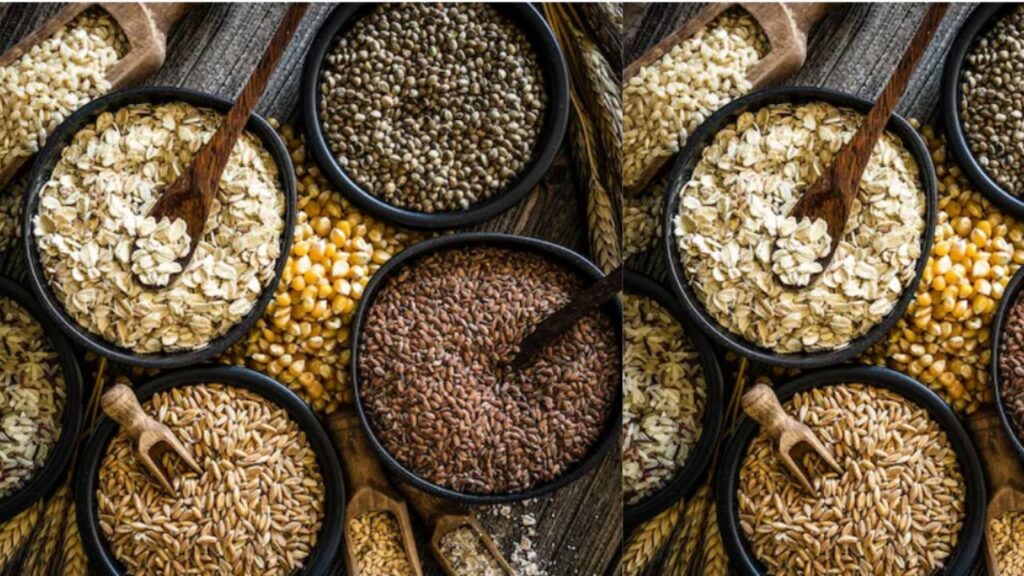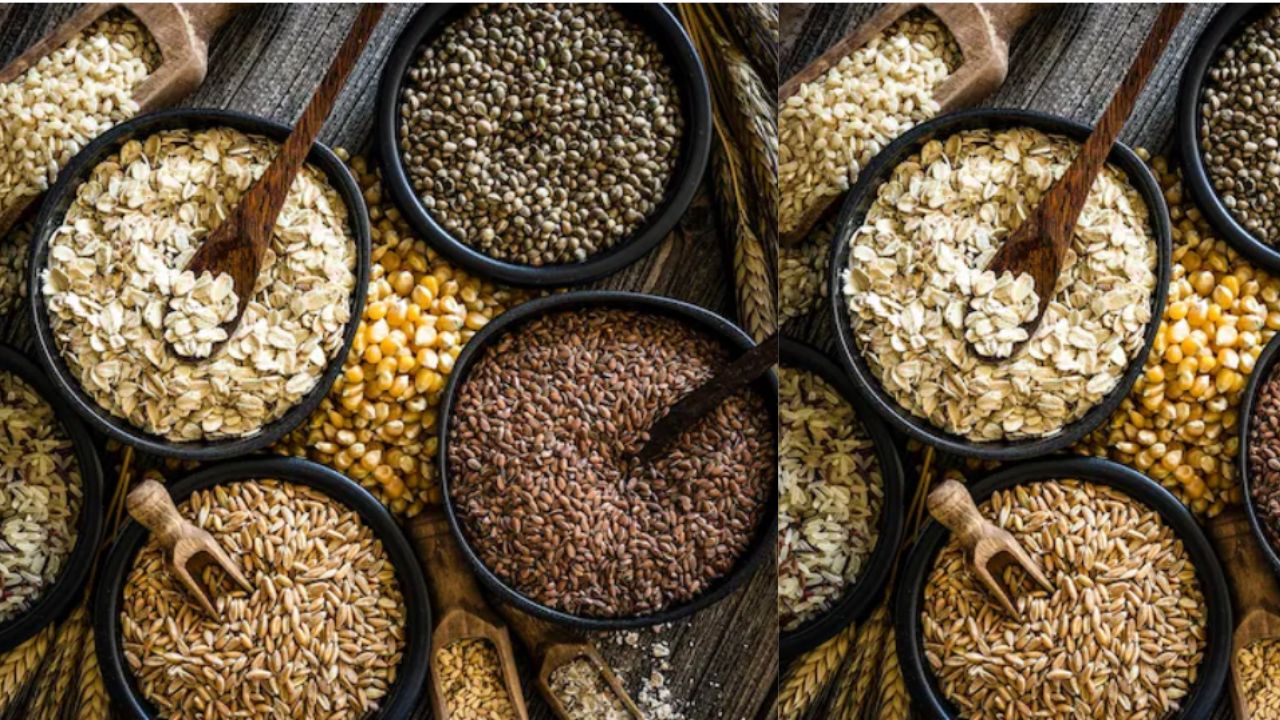In Indian households, roti (or chapati) is more than just a staple — it’s a cultural comfort food and a daily essential. But as dietary needs evolve with lifestyle diseases like diabetes, thyroid disorders, and weight management challenges, “one roti fits all” no longer holds true. Recognizing this, a leading nutritionist has shared a breakdown of customized roti options tailored to various health needs, making your meals both healthy and satisfying.
Here’s a look at what kind of roti suits your body best, based on specific health goals and medical conditions:
1. For Weight Loss Warriors: Try Roti Made of Bajra or Jowar
Why it works:
- High in fiber: Keeps you full longer, preventing overeating.
- Low in glycemic index: Helps regulate blood sugar and insulin spikes.
- Rich in essential minerals like magnesium and iron.
Pro Tip: Combine bajra (pearl millet) or jowar (sorghum) flour with a small portion of whole wheat to improve binding and taste.
2. For Diabetics: Go for Multigrain Roti or Barley Roti
Why it works:
- Multigrain rotis made with oats, barley, chana dal (gram), and methi (fenugreek) flour offer a steady release of glucose into the bloodstream.
- Barley flour (jau) is particularly effective in managing blood sugar and cholesterol.
Pro Tip: Add 1 tsp of flaxseed powder for added omega-3 benefits.
3. For Thyroid Imbalance: Switch to Buckwheat (Kuttu) or Amaranth (Rajgira) Roti
Why it works:
- These flours are naturally gluten-free and iodine-friendly.
- Rich in antioxidants and proteins, they help improve metabolism.
- Gluten, often found in wheat, may aggravate autoimmune thyroid conditions.
Pro Tip: Use warm water and a bit of ghee while kneading to prevent dryness and cracking.
4. For Heart Health: Oats Roti is Your Best Friend
Why it works:
- Oats are rich in soluble fiber (beta-glucan) which helps reduce LDL (bad) cholesterol.
- Keeps blood pressure and lipid levels in check.
Pro Tip: Combine oats flour with a little wheat flour and roll gently to avoid breaking.
5. For Gut Health & Constipation Relief: Choose Ragi Roti
Why it works:
- Ragi (finger millet) is loaded with dietary fiber and calcium.
- It promotes better digestion and is particularly beneficial for those with slow metabolism.
Pro Tip: Add a dash of ajwain or cumin to the dough for enhanced digestion.
6. For Fitness Enthusiasts & Gym-Goers: Go High-Protein with Sattu or Quinoa Roti

Why it works:
- Sattu (roasted chana flour) is a rich source of plant protein.
- Quinoa flour provides all nine essential amino acids.
- Both aid muscle recovery and energy retention.
Pro Tip: Combine sattu with onions, green chili, and coriander to make a traditional “Sattu Paratha” without ghee for a nutritious twist.
7. For Kids and Picky Eaters: Sweet Potato or Beetroot Roti
Why it works:
- Packed with natural vitamins, antioxidants, and vibrant colors, these rotis are both fun and nutritious.
- Sweet potato adds fiber and vitamin A, while beetroot supports blood health.
Pro Tip: Mix cooked, mashed sweet potato or beetroot puree into wheat flour for soft, colorful rotis.
Final Thought: Personalize Your Plate
“No one food is universally healthy. What’s good for one might be harmful to another,” says the nutritionist. “Understanding your body’s unique needs and choosing ingredients accordingly is the key to long-term wellness.”
So next time you roll out your roti, think beyond the wheat. With these tailored options, you can transform your daily bread into a powerful ally for your health.
